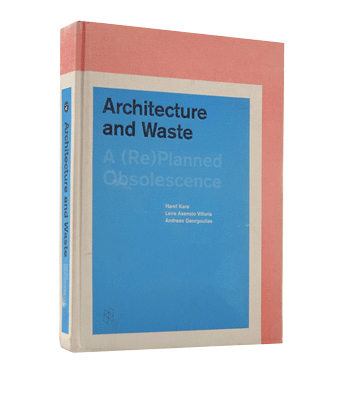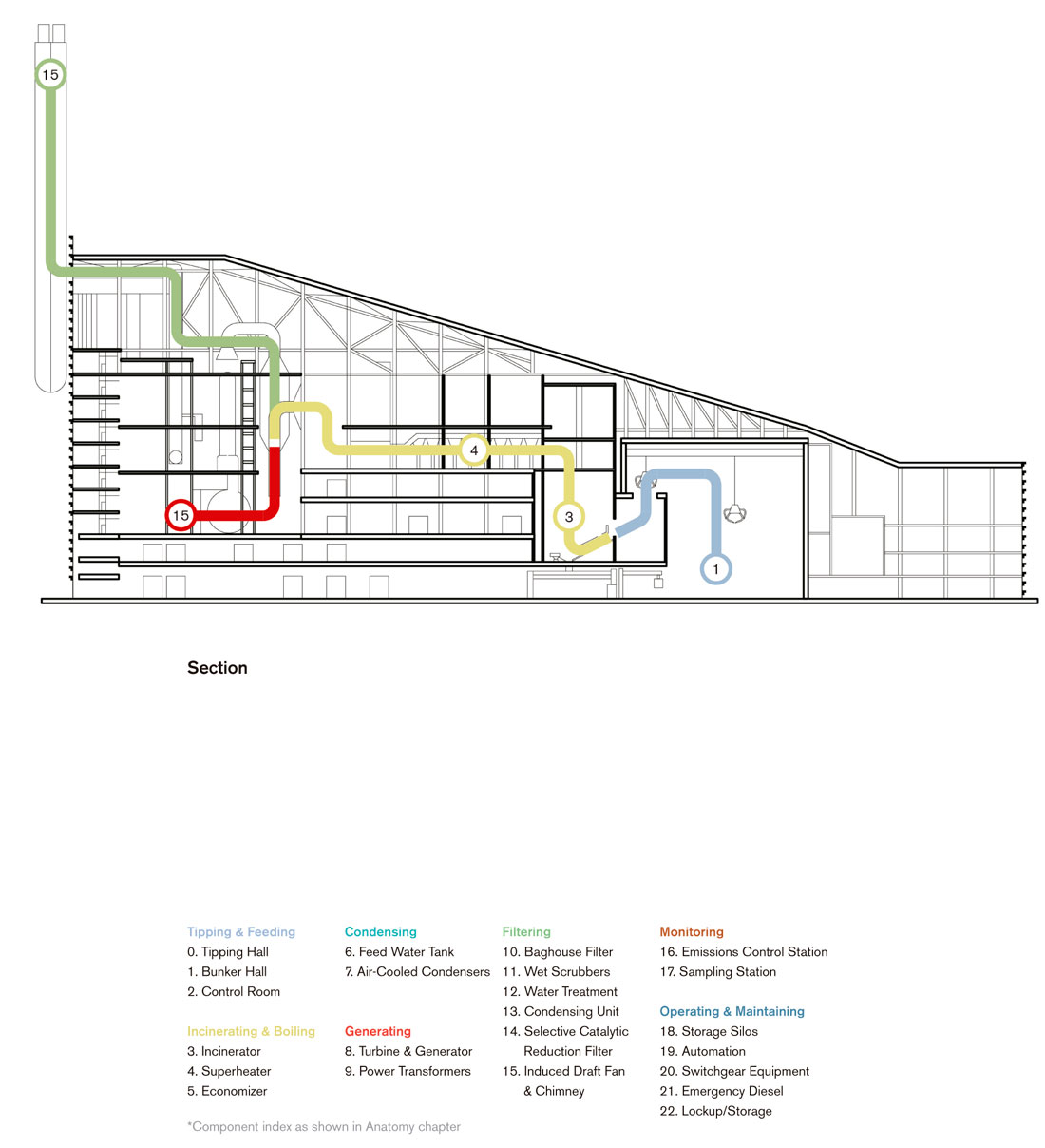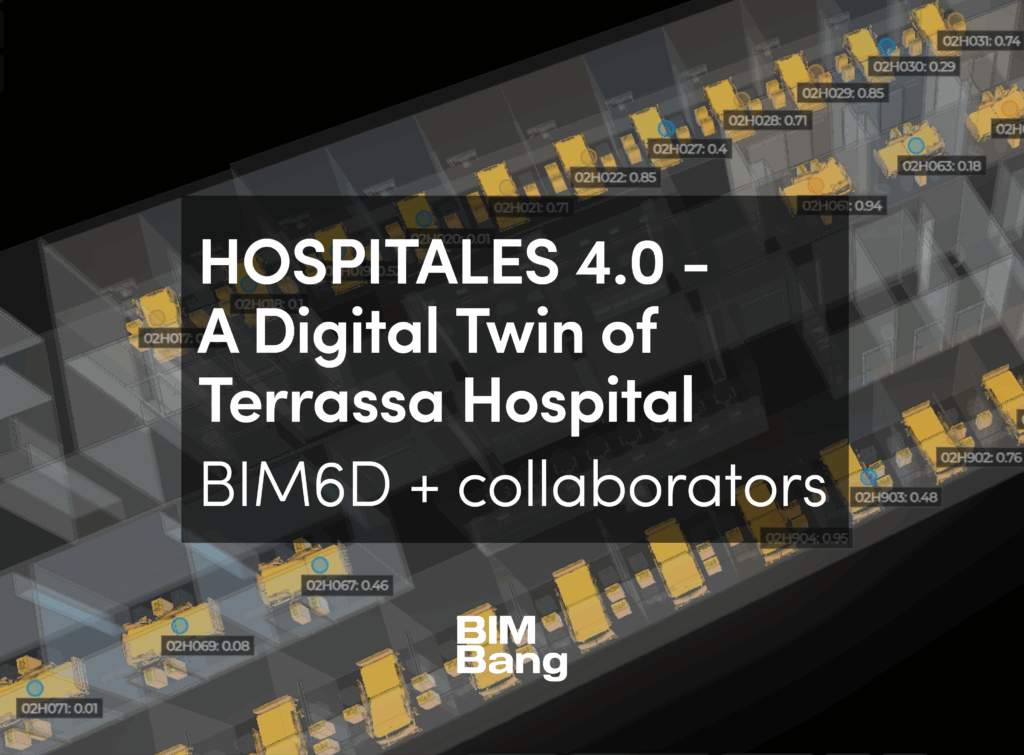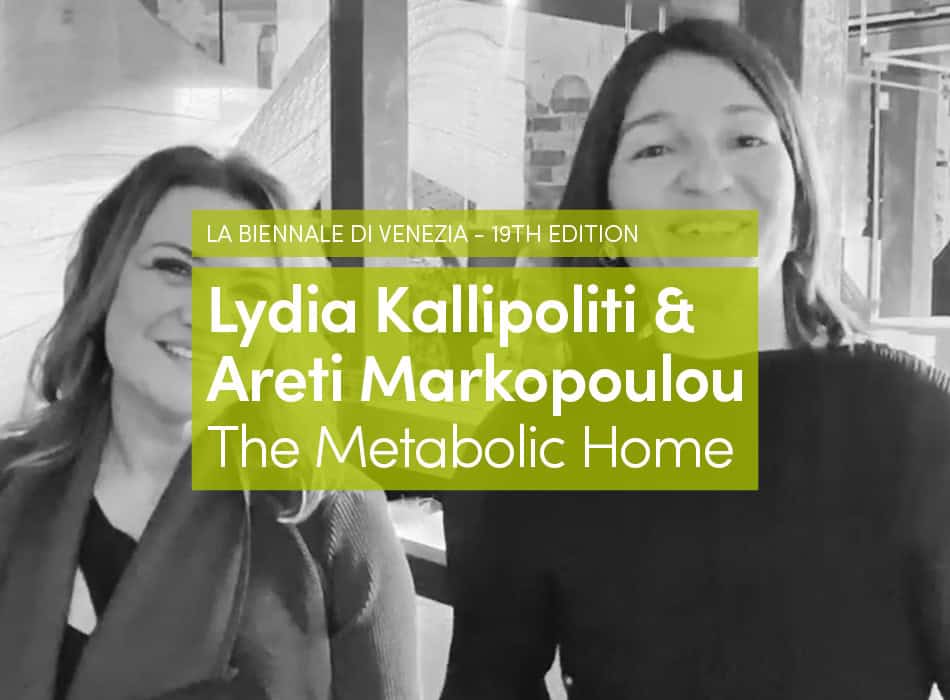For a city, having factories is not a defect. Such a statement requires some explanation.
Industrial activity, often symbolized by chimney stacks and their smoke, peaked in many developed countries and then declined before being considered hazardous and therefore undesirable, at first near human settlements and then everywhere else. From the 19th to the mid-20th century the stacks had been synonymous with progress. They then came to represent the ecological negligence of the latter half of the 20th century before finally emerging as treasures of our heritage, of work and production, when they had ceased all activity and utility.
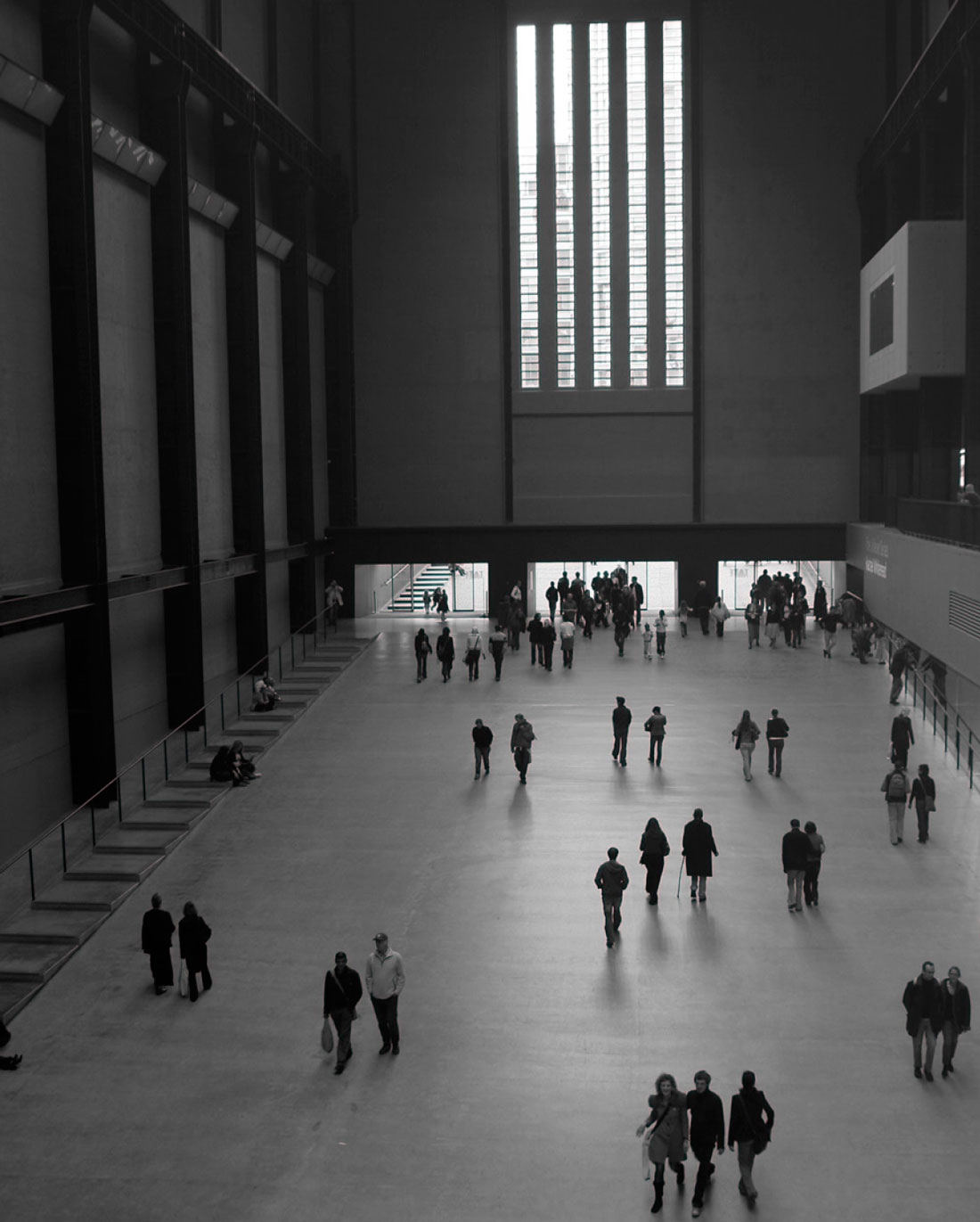
Herzog & de Meuron, Tate Modern (turbine hall), London, 2000. By NordicLondon.
Suffice it to say that designing a factory is a particularly ambitious challenge if the buildings continue to express vertical ducts or other visible devices that may discharge steam, heat, cooled or warmed water, or other pulverulent material (slag, dust, and various residues). Nevertheless, we find numerous activities connected with our cities and their health (diet, digestion, treatment, disposal, transpiration) requiring local infrastructures, which become an integral part of the cities’ landscapes. If numerous installations, such as incinerators, are properly positioned to access energy, water, transportation (ports, highways, railways), and many others aspects related to our daily needs (wastewater treatment; waste, thermal, or power plants; data centers; transport service centers), such facilities have no other choice than to move closer to urban centers, to integrate with them and reduce operating costs.
Making a factory virtuous in order for it to become acceptable, even desirable, is a challenging and rewarding task for teams composed of urban planners, architects, landscape architects, and engineers. The teams face three major obligations: to ensure that their project is contextual, conceptual, and consensual. Each of these dimensions merit explanation and development. Indeed, the designers must constantly oscillate between the search for a forward-looking vision to improve what exists and a pragmatic approach to real facts. Thus such projects provide a possibility of exploring the dialectic between the openness of creativity and the closed boundaries of reality.
If, after having violently rejected it, Rem Koolhaas has returned to context in his commission of the 2014 Venice Biennale of Architecture, it is because in a systemic and progressive approach, the context represents the most powerful part of inspiration. It creates a sociological and political anchor—the identity of place but also of situation. It explores the limits of public expectations that are sometimes buried under layers of irrelevance.
The context has so many different forms: economic, social, technical, societal, environmental, topographic, climatic, cultural . . . and it continues to impose its law even if one tries to ignore it. So many factories fight with the terrain before eventually succeeding by destroying a landscape! So many buildings opt for a uniform treatment that causes an aesthetic shock expressed by disproportion, unnecessary massification, or absentminded banality.
The concept cannot be addressed without being first persuaded that modernity (in the words of Arthur Rimbaud) is an absolute necessity. It must be modern, it must be new, or the designer will not be considered an architect. Once one is able to consider complexity as a solution and not as a problem, vast possibilities open in the industrial field. Architecture would become a simple idea of form were it devoid of mechanical truth. Designing a factory becomes, then, an exercise in the fabrication of meaning and not just one of style. Finding the links between people, their machines, their production, and their territories then becomes a study of culture, science, and humanism.
The consensual is not a result. It is just as inspiring as the context or concept. Not trying to understand what causes adhesion in others is as great a mistake as not taking into account a functional or dimensional program. The popular posture can have very different causes: ignorance, manipulation, imagination. It may communicate itself through a lack of interest or through aggressiveness, and it requires exploring the tensions and their causes, which are sometimes far removed from initial preconceived ideas. Introducing responsiveness or flexibility often allows for the use of exchange and dialogue as a source of enrichment for a project, but also as a means of consolidating positions when faced with uncertain programmatic requirements that are dictated by machines with little or no concern for architectural requirements.
The immense catalog of a factory’s detached parts, especially the incredible diversity of spatial equations that components entail and their connected juxtaposition, open up endless perspectives regarding their harmonious organization and formal translation. The arrangement of components is a process that enables designers to, in a certain way, exercise power. The load transfers in height and surface, short- and long-term storage needs, material flows of people and of vehicles all require a rational yet evolutionary response by the architect, and therefore are the carriers of invention. Although the term “innovation” often does not have a place in an industrial program dictated by control, experience, and necessary repetitiveness, it never excludes introducing, for example, new mobile equipment such as overhead cranes, conveyor belts, or tires, which may upset conventional wisdom and established patterns.
The risk culture increasingly present in industrial activities brings new challenges to the procedures. Personal safety, fire prevention, anti-pollution treatment of air and water, and the eradication of noise, odors, sensory, and even mental factors are steps forward that require representations that valorize and consolidate them. The architect can only welcome this development and engage as an actor, thus becoming a benefactor and using these considerations to create new emblematic structures, symbolic structures accompanied by such mottos as “working for the welfare of man and the beauty of its environment.”
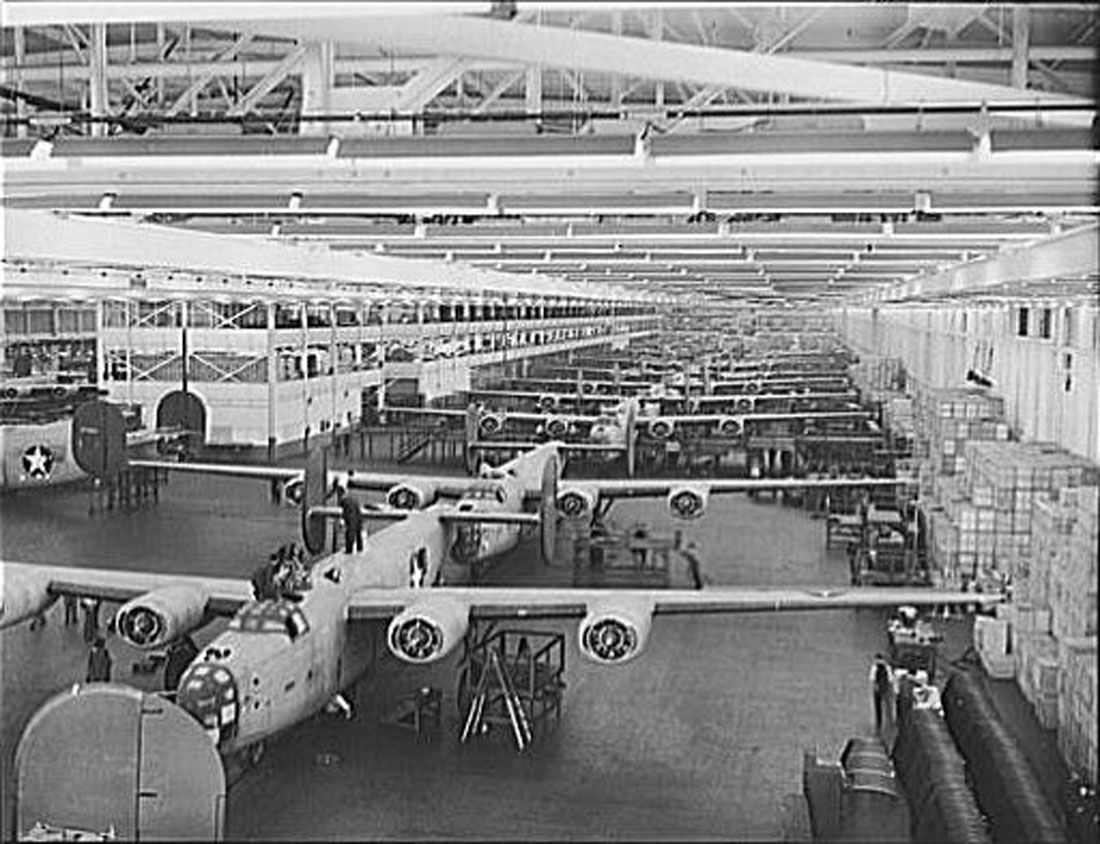
B-24 bombers under construction art Willow Run

Mario Botta, Church of San Giovanni Battista, Mogno, Switzerland, 1996. By Karsten Seiferlin.
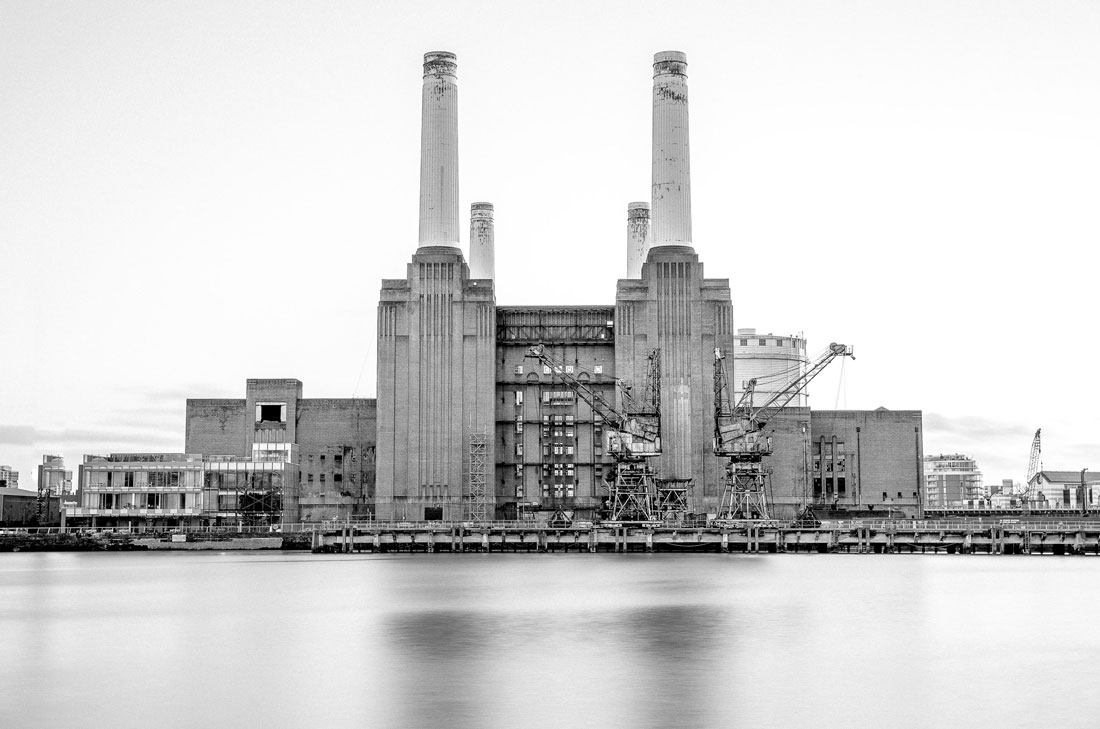
Battersea Power Station, England, 1930-1950. The decommissioned power plant is now under redevelopment. By Chris Chabot.
There is not a fundamental difference between the architect of Henry Ford, Albert Kahn, who in his great works in the former Soviet Union or in the United States (like Willow Run manufacturing complex, outside Ypsilanti, Michigan), was able to bring the added value of creativity associated with the rigorous work of the designer, and Mario Botta, who on the Lake Maggiore in Switzerland, about twenty years ago, was able to reinterpret all the codes for the waste treatment center and make a black jewelry box next to a work of art. If in London the Battersea Power Station became an icon of pop culture in the 1960s, or if with the Tate Gallery Herzog & de Meuron were able to give a former electrical plant the same standing as a contemporary art museum, it is because what has remained engraved in the mind of every inhabitant are the values of work and technical progress. Lastly, the Amager Bakke project of the Bjarke Ingels Group in Copenhagen brilliantly shows that, for a city, having factories is not a defect.
Amager Bakke Resource Center. Bjarke Ingels Group.
Located in an industrial area near the city center, the new Amager Bakke WtE plant will be an exemplary model in the field of waste management and energy production, as well as an architectural landmark in the cityscape of Copenhagen. The project is the single largest environmental initiative in Denmark with a budget of 3.5 billion DKK, and replaces the adjacent 40-year-old Amager district incinerator plant, integrating the latest technologies in waste treatment and environmental performance. The huge facility covers an area of 41,000 square meters (around seven football fields) and rises to a height of 80 meters. Construction began in March 2014 and should be completed in 2017.
Instead of considering the new Amager facility as an isolated architectural object, the building is conceived as an opportunity to create a destination in itself, thereby reflecting the progressive vision to create a new type of waste treatment facility—an outdoor recreational park. The roof of the new plant is comprised by a 31,000-square-meter ski slope of varying skill levels and a climbing wall, all for the use of city residents and visitors. This design of this facility uses architecture to redefine the relationship between the waste plant and the city by expanding the area’s existing recreational activities through a new breed of WtE plant.
BIG has often incorporated the roof as a dynamic, usable place in their buildings, and the Amager Bakke WtE plant is one of their most ambitious projects. The idea of incorporating the 100-meter-high smoke stack into the building form led to the design for the ski slope. According to David Zahle, a partner at BIG, the design team studied alpine slopes and designed the entire roof around criteria for what makes a good ski slope. It features different runs for skiers of different abilities, and its artificial surface allows for year-round use.
Sustainability is a major theme in the design for the Amager Bakke WtE facility. BIG describes their philosophy as “hedonistic sustainability,” because they believe that living sustainably should be both positive and pleasurable. They criticize sustainability rhetoric that is penal or guilt producing. To draw awareness to the issues surrounding carbon dioxide and allow bystanders to visualize its creation, BIG has proposed a smoke-ring generator atop the facility that will release a smoke ring every time the building’s internal processes produces one ton of carbon dioxide.
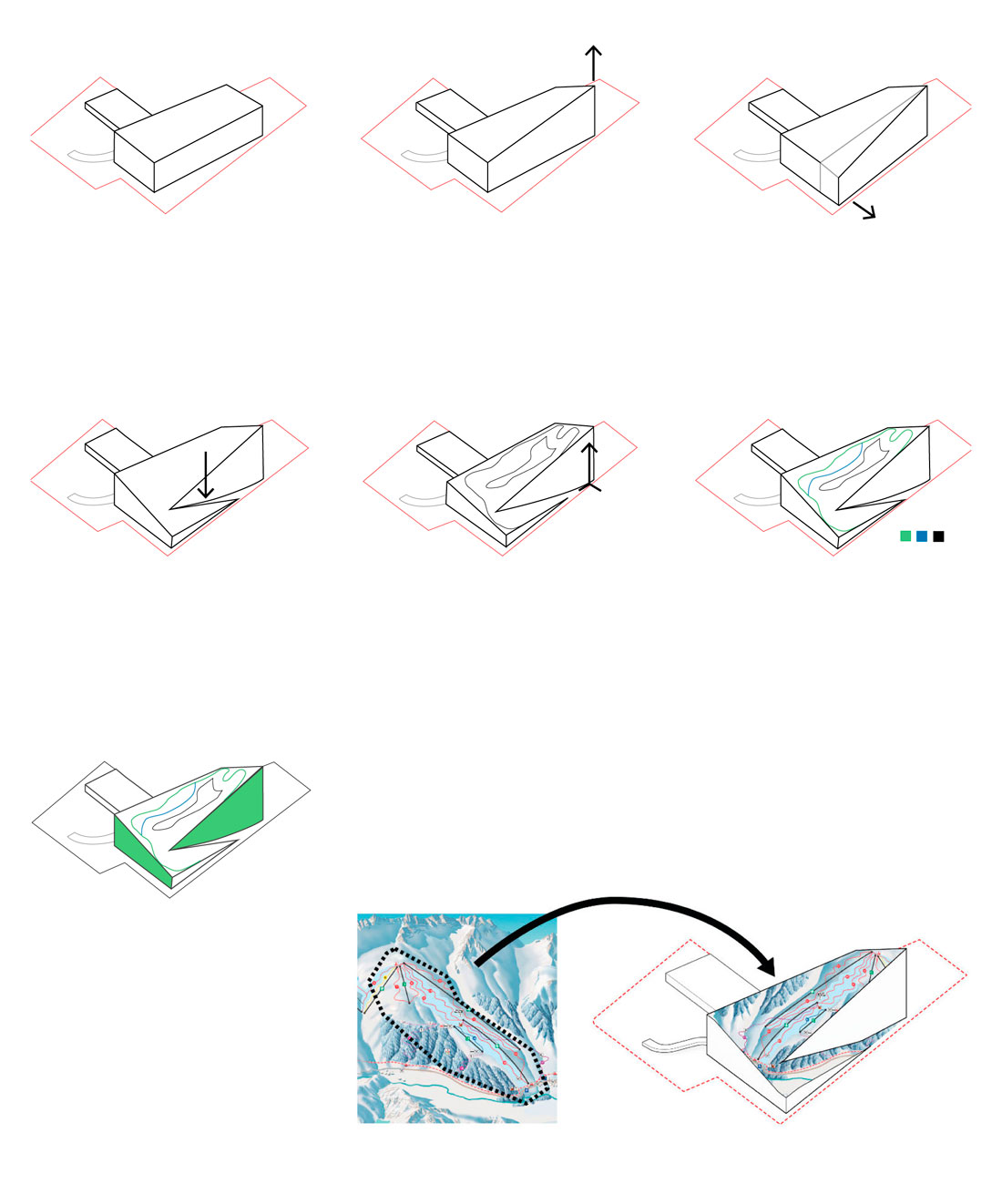
Amager Bakke Resource Center, ski slope diagrams. Bjarke Ingels Group.





